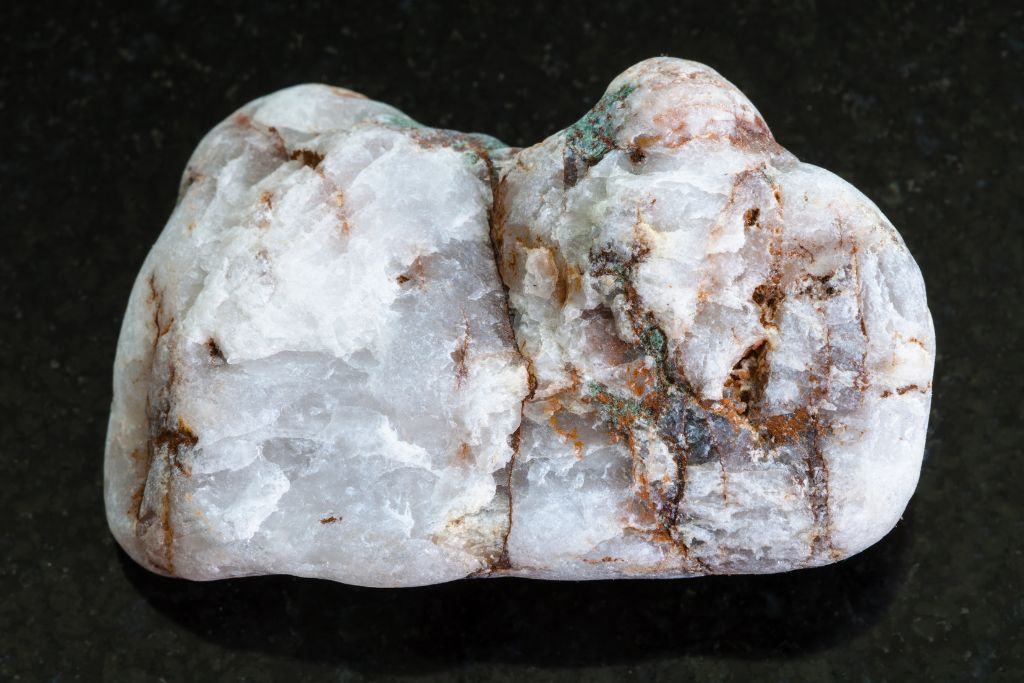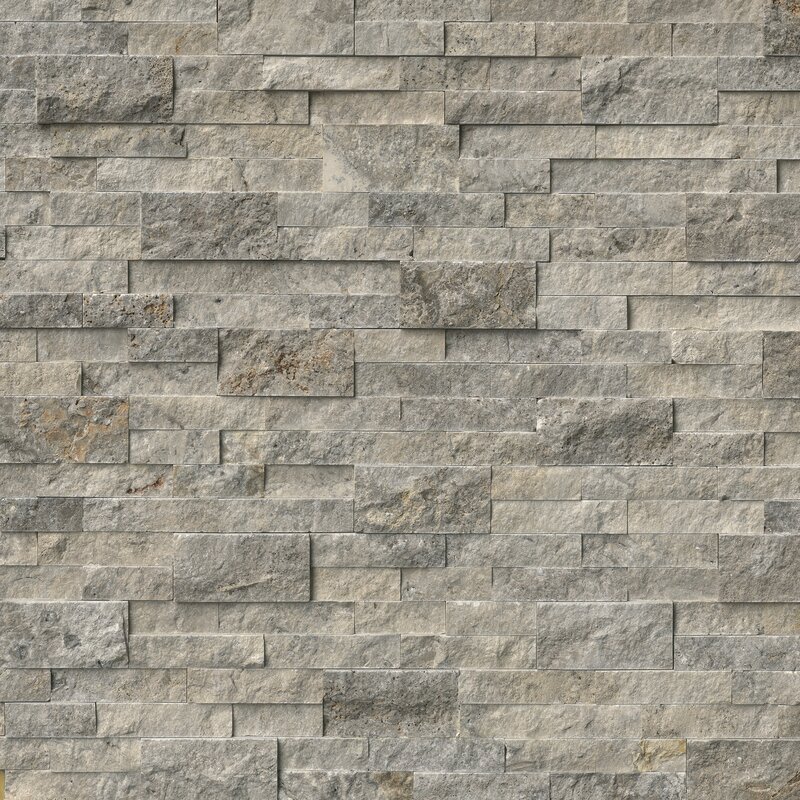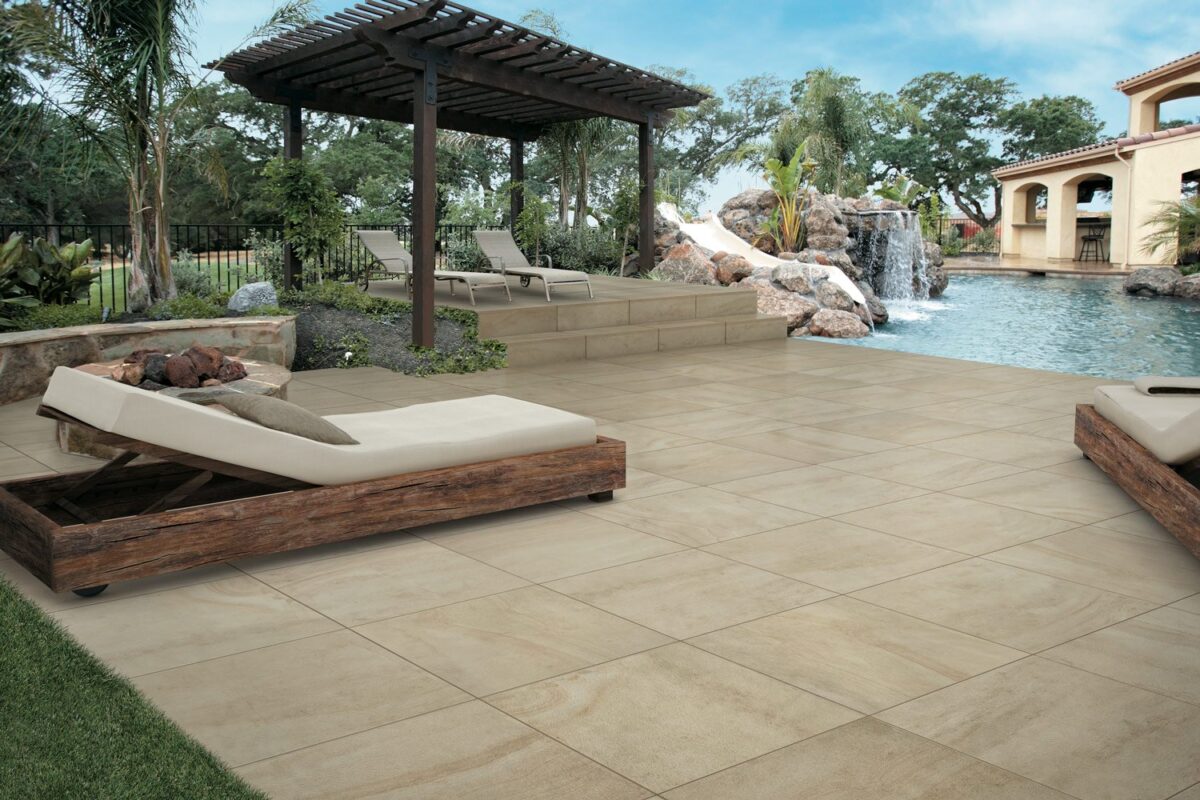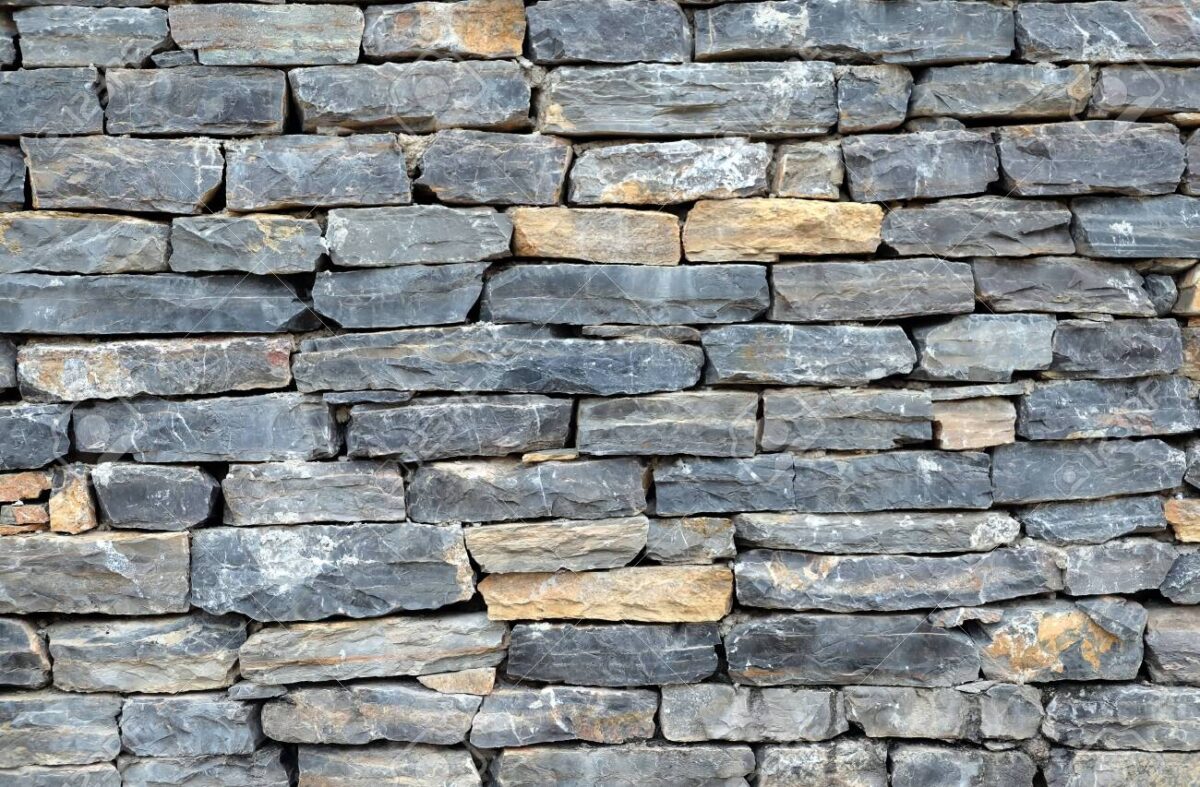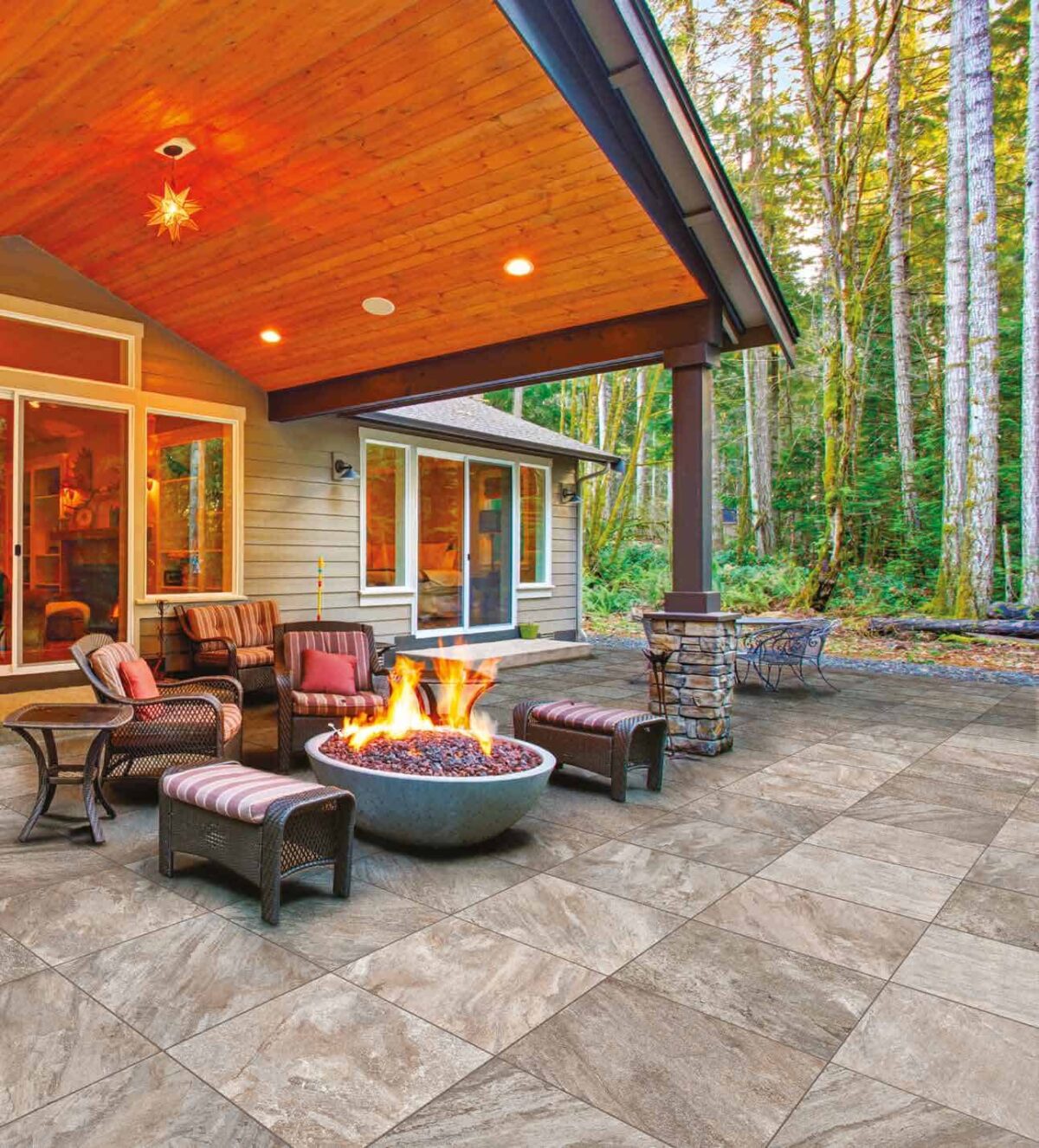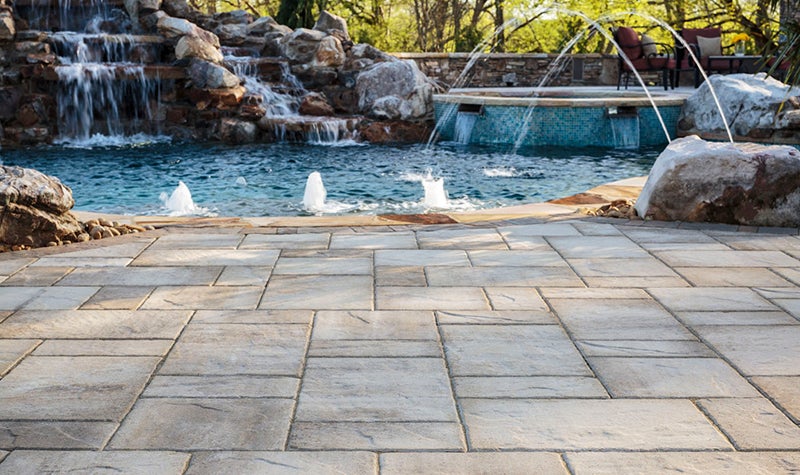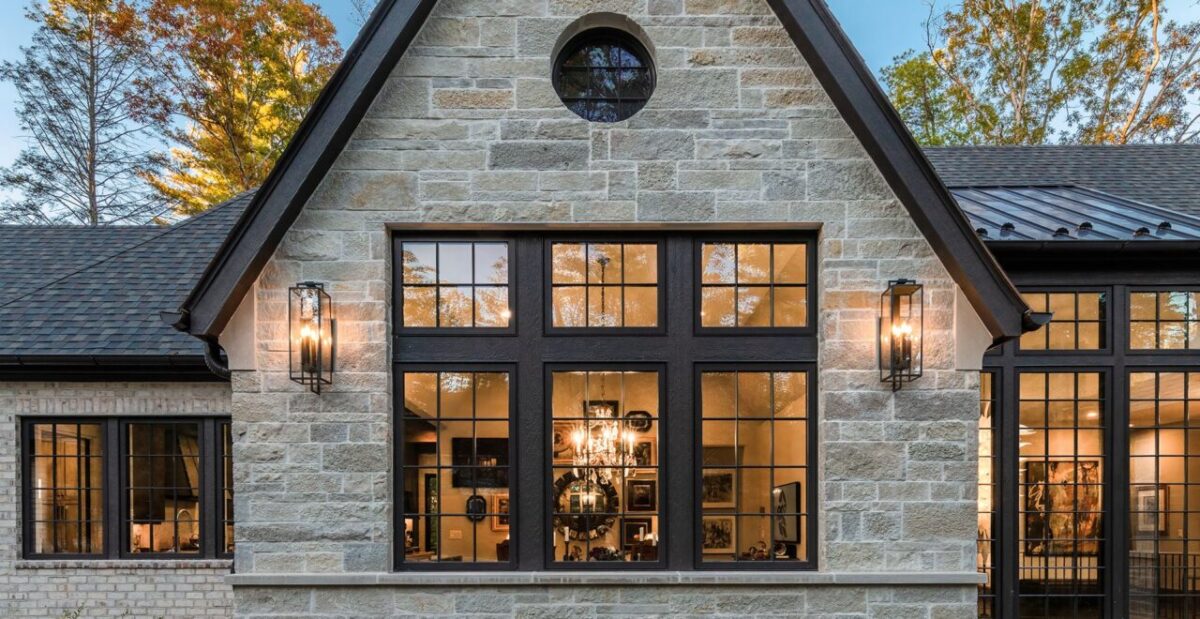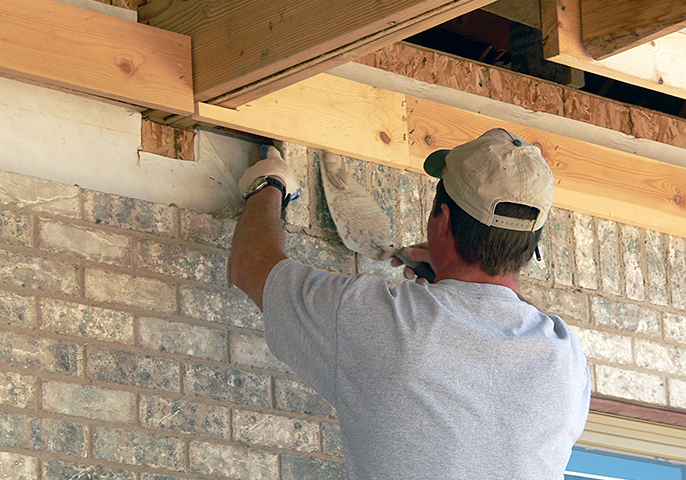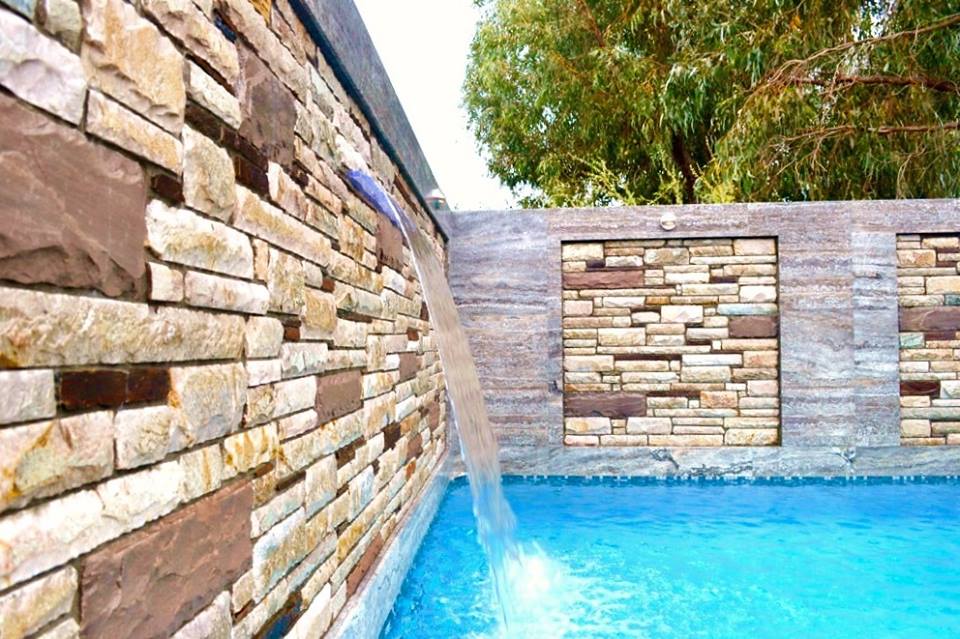Are you struggling to find unique and durable design elements for your home?
Imagine transforming your living space with the timeless elegance and strength of natural stone. Stonemasonry offers many possibilities, from stunning interior features to breathtaking outdoor projects.
In this article, we’ll explore inspiring stonemasonry ideas tailored for Aussie homes and provide expert tips to help you create beautiful and enduring spaces.
Why Choose Stone for Home Improvement?
When considering home improvement, stone stands out for its unparalleled benefits. Below are some of them:
- Durability: Stone is incredibly long-lasting, minimizing the need for repairs and replacements.
- Timeless Aesthetic Appeal: Enhances the visual charm of any home, complementing both traditional and modern styles.
- Versatility: Suitable for various applications, from walls and patios to fireplaces and kitchens.
- Unique Customisation: Natural variations in colour and texture create distinctive, personalized looks.
- Excellent Insulator: Helps regulate indoor temperatures, potentially reducing energy costs.
- Increased Property Value: Homes with quality stonework often have higher market value.
- Sustainability: Many types of stone are eco-friendly and low-maintenance.
Top 17 Stonemasonry Ideas and Inspirations for Aussie Homes (Exterior & Interior Projects)
Exterior Stonemasonry Projects
Transform your home with natural stone’s timeless beauty and durability. From elegant stone fireplaces to luxurious bathroom vanities, interior stonemasonry projects offer endless possibilities to enhance your living space.
Here are the top exterior expert ideas to incorporate stunning stone features into your home, creating an ambience of sophistication and enduring charm.
1. Stone Patios and Terraces
Creating a stone patio or terrace is an excellent way to enhance your outdoor living space. Stone patios provide a durable and aesthetically pleasing surface that can withstand the elements. Popular materials include sandstone, bluestone, and granite, each offering unique colours and textures to complement your home’s exterior.
The installation involves excavating the area, laying a stable base, and arranging the stones in a desired pattern.
Joints can be filled with sand or mortar to secure the stones.
2. Stone Walkways and Paths
Stone walkways and paths can add a charming and functional element to your garden or yard. Natural stones like marble, porphyry, and limestone are ideal for creating meandering paths that lead to different areas of your property.
These materials are durable, slip-resistant, and blend seamlessly with the natural landscape.
Installing a stone walkway involves clearing the path, laying a compacted base, and setting the stones in place. To stabilise the stones, the gaps between them can be filled with sand or gravel.
3. Stone Retaining Walls
Stone retaining walls are functional and add a rustic, natural beauty to your landscape. They can manage slopes, create garden beds, or define outdoor spaces. Materials like limestone and granite are commonly used for strength and aesthetic appeal.
Building a stone retaining wall involves excavating a trench, laying a sturdy base, and stacking the stones in a stable arrangement.
Mortar can be used to secure the stones, and proper drainage should be incorporated to prevent water buildup.
4. Stone Fencing
Stone fencing is a timeless and durable option for defining property boundaries and adding security. Materials like dry stone, sandstone, travertine, and limestone offer a natural, robust appearance that can enhance your home’s curb appeal.
Stone fences are long-lasting and can withstand harsh weather conditions.
5. Stone Garden Beds and Planters
Stone garden beds and planters can add a touch of elegance and durability to your garden. Materials like limestone, sandstone, and river rock are ideal for creating raised beds and planters that blend seamlessly with the natural environment.
These structures provide excellent drainage and can enhance your garden’s visual appeal.
Building stone garden beds involves selecting and arranging stones in a desired shape, securing them with mortar or stacking them carefully. Planters can be constructed using similar techniques, with added features like drainage holes and soil layers.
6. Stone Water Features
Incorporating stone water features like fountains, ponds, and waterfalls can create a serene and captivating focal point in your garden.
Natural stones like granite, basalt, and limestone are excellent for their durability and aesthetic appeal. These water features can add tranquillity and enhance the overall ambience of your outdoor space.
Creating a stone water feature involves designing the layout, excavating the area, and arranging the stones to create the desired effect. Pumps and plumbing are installed to ensure proper water flow, and the stones are secured with mortar if needed.
7. Stone Outdoor Fireplaces and Fire Pits
Stone outdoor fireplaces and fire pits can extend your living space into the outdoors, providing warmth and a gathering spot for family and friends.
Materials like fire-rated bricks, sandstone, and granite are commonly used for their heat resistance and durability. These structures can add a cosy, rustic charm to your backyard.
Building a stone fireplace or fire pit involves creating a solid foundation, constructing the firebox, and arranging the stones in a stable and attractive pattern. Proper ventilation and fireproofing measures should be included to ensure safety.
8. Stone Columns and Pillars
Adding stone columns or pillars to your outdoor space can create a dramatic and elegant effect. Stone columns can be used as structural supports for pergolas, porches, or entryways or as decorative elements in your garden.
Materials like limestone, granite, and sandstone are popular for their strength and aesthetic appeal.
The installation involves designing the column, selecting the stone, and carefully cutting and fitting each piece to create a cohesive structure. Mortar is used to secure the stones, and the joints are pointed for a seamless appearance.
9. Stone Steps and Stairs
Stone steps and stairs can add a functional and visually appealing element to your landscape.
Materials like flagstone, bluestone, and granite are ideal for durability and slip-resistant surfaces. Stone steps can be used to navigate slopes, connect different levels of your garden, or create grand entrances.
Installing stone steps involves measuring and excavating the area, laying a stable base, and setting the stones in place. Each step should be level and securely anchored with mortar or gravel.
10. Stone Outdoor Kitchens and BBQ Areas
Creating a stone outdoor kitchen or BBQ area can enhance your outdoor entertaining experience. Natural stones like granite, limestone, and slate are excellent choices for countertops, built-in grills, and seating areas due to their durability and resistance to heat.
A stone outdoor kitchen can add a touch of luxury and functionality to your backyard.
Building a stone outdoor kitchen involves designing the layout, selecting materials, and constructing the framework. Stone countertops and surfaces are cut and polished for a smooth, attractive finish. Regular maintenance includes cleaning the stone surfaces, inspecting for cracks or chips, and sealing to protect against stains and weathering.
With these exterior stonemasonry ideas in your home, you can create stunning and durable outdoor features that add value and aesthetic appeal to your property. Whether you opt for a rustic stone walkway or a luxurious outdoor kitchen, the timeless beauty of natural stone will enhance your outdoor living spaces for years to come.
Interior Stonemasonry Projects
Elevate your outdoor living experience with exquisite stonemasonry projects. Natural stone can enhance your landscape with its beauty and resilience, whether it’s a charming stone walkway, a grand patio, or a cosy outdoor fireplace.
Check out these inspiring exterior stonemasonry ideas to create functional, stunning outdoor spaces that blend seamlessly with nature.
1. Stone Feature Walls
Creating a stone feature wall is one of the most impactful ways to incorporate stonemasonry into your home. It can be a focal point in living rooms, bedrooms, or bathrooms.
Stone’s natural textures and colours add a rustic, timeless charm that can complement various interior design styles, from modern to traditional.
When choosing materials, consider sandstone, limestone, or granite for durability and aesthetic appeal. The installation involves carefully selecting and arranging stones to create a cohesive pattern or mosaic. It’s essential to prepare the wall surface correctly, ensuring it’s clean and level before applying the stone.
Mortar can be used to adhere the stones, and gaps can be filled with grout for a polished finish.
2. Stone Fireplaces
A stone fireplace not only provides warmth but also serves as a stunning centrepiece in any room.
Natural stone, such as granite, marble, or travertine, can transform a mundane fireplace into an architectural masterpiece. The choice of stone can significantly influence the overall look, with granite offering a robust, earthy feel, while marble adds a touch of elegance and sophistication.
Building a stone fireplace involves constructing a sturdy framework, usually brick or concrete, to support the stone veneer.
Each stone must be carefully cut and fitted to ensure a snug and aesthetically pleasing arrangement. Mortar secures the stones, and the joints are pointed with grout for a seamless look.
3. Stone Kitchen Backsplashes
Stone kitchen backsplashes are an excellent way to introduce the beauty and resilience of natural stone into your kitchen.
Materials like marble, slate, and quartzite are popular for their unique patterns and durability. A stone backsplash can protect your walls from spills and splatters while adding a touch of luxury to your cooking space.
4. Stone Bathroom Vanities
Using natural stones in bathroom vanities can elevate the space, creating a spa-like atmosphere. Materials such as marble, granite, and travertine are ideal for vanity tops due to their durability and resistance to water.
Stone vanities can be custom-cut to fit any bathroom layout, providing a luxurious and functional surface.
The installation includes selecting a suitable stone slab, cutting it to size, and polishing the surface for a smooth, glossy finish. The stone is then mounted on a sturdy base, with sinks and faucets installed as needed.
5. Stone Flooring
Stone flooring is a timeless and durable option that can enhance the aesthetic of any home. Materials like travertine and granite are popular for their strength and natural beauty.
Stone floors are suitable for various rooms, including kitchens, bathrooms, and living areas, and can withstand heavy foot traffic while maintaining their appearance.
Installing stone flooring involves preparing the subfloor, laying the stone tiles in a desired pattern, and securing them with thin-set mortar. Grouting the joints and sealing the stone is essential to ensure longevity and ease of maintenance.
6. Stone Shower Enclosures
A stone shower enclosure can transform a bathroom into a luxurious retreat. Due to their natural beauty and water resistance, materials like marble, granite, and travertine are ideal for shower walls and floors.
A stone shower enclosure adds a sense of opulence and durability that synthetic materials can’t match.
Construction involves waterproofing the shower area, installing stone tiles or slabs, and sealing the joints with grout. The stone must be properly sealed to prevent water absorption and staining.
7. Stone Columns and Pillars
Adding stone columns or pillars to your home’s interior can create a dramatic and elegant effect. Stone columns can be used as structural supports or purely decorative elements, enhancing the architectural design of entryways, living rooms, or dining areas.
Materials like limestone, granite, and marble are commonly used for strength and aesthetic appeal.
The installation involves designing the column, selecting the stone, and carefully cutting and fitting each piece to create a cohesive structure. Mortar is used to secure the stones, and the joints are pointed for a seamless appearance.
Practical Considerations
Embarking on a stonemasonry project can transform your home, adding aesthetic appeal and value. However, ensuring success and longevity requires careful planning.
From budgeting and stone selection to climate impacts and maintenance needs, these considerations will guide you to a beautiful, durable result that enhances your home’s charm and functionality.
- Budgeting: High-quality stone and skilled labour can be costly. Planning your finances carefully and obtaining detailed quotes from reputable contractors is important.
- Selecting the Right Stone: Consider durability, maintenance requirements, and suitability for specific applications.
- Climate and Environmental Conditions: Some stones are better suited to withstand certain weather conditions. For instance, limestone and travertine may not be ideal in freeze-thaw climates as they can crack over time.
- Installation and Structural Support: Stonemasonry projects can be heavy, requiring strong foundations and sometimes additional support structures. Consulting with a structural engineer is essential to ensure your home can handle the added weight.
- Long-term Maintenance: Regular sealing and cleaning are necessary to preserve the appearance and longevity of your stonework. Understanding the maintenance needs of your chosen stone will help keep it looking beautiful for years.
Conclusion
Incorporating stonemasonry projects can significantly enhance your home’s value and beauty. Explore the various stone options for your next home improvement.
Contact Splendour In Stone today for expert consultations and detailed quotes, and take the first step towards transforming your living space with timeless elegance.

